Are Binoculars Telescopes ?
Binoculars are not technically considered telescopes, although they share some similarities. Both binoculars and telescopes are optical instruments used for viewing distant objects. However, there are some key differences between the two. Binoculars typically have two parallel optical tubes, allowing for binocular vision, while telescopes usually have a single optical tube. Telescopes are designed to gather more light and provide higher magnification for celestial observations, while binoculars are more commonly used for terrestrial viewing. Additionally, telescopes often have interchangeable eyepieces and are mounted on tripods for stability, whereas binoculars are usually handheld.
1、 Optical Instruments: Binoculars and Telescopes
Binoculars and telescopes are both optical instruments used for observing distant objects, but they serve different purposes and have distinct characteristics.
Binoculars are handheld devices consisting of two small telescopes mounted side by side, allowing for binocular vision. They are primarily used for viewing objects at relatively close distances, such as wildlife, sporting events, or concerts. Binoculars provide a wider field of view and are more portable and convenient to use compared to telescopes. They are designed for ease of use and are often used for recreational purposes.
On the other hand, telescopes are designed for observing objects at far greater distances, such as celestial bodies like stars, planets, and galaxies. Telescopes have a larger objective lens or mirror, which allows for greater light-gathering power and magnification. They are typically mounted on a tripod or other stable platform to provide a steady view. Telescopes are commonly used by astronomers and researchers to study the universe and gather scientific data.
While binoculars and telescopes are both optical instruments, they have different designs and purposes. Binoculars are more suitable for general observation and recreational use, while telescopes are specifically designed for astronomical observation. However, it is worth noting that there are some hybrid devices available that combine the features of both binoculars and telescopes, offering higher magnification and wider fields of view. These hybrid instruments are often referred to as "binocular telescopes" or "binoculars with telescopic capabilities."
In conclusion, binoculars and telescopes are distinct optical instruments with different purposes and characteristics. Binoculars are handheld devices used for close-range observation, while telescopes are designed for long-range astronomical observation. However, there are hybrid devices available that combine features of both binoculars and telescopes, offering a compromise between portability and magnification.
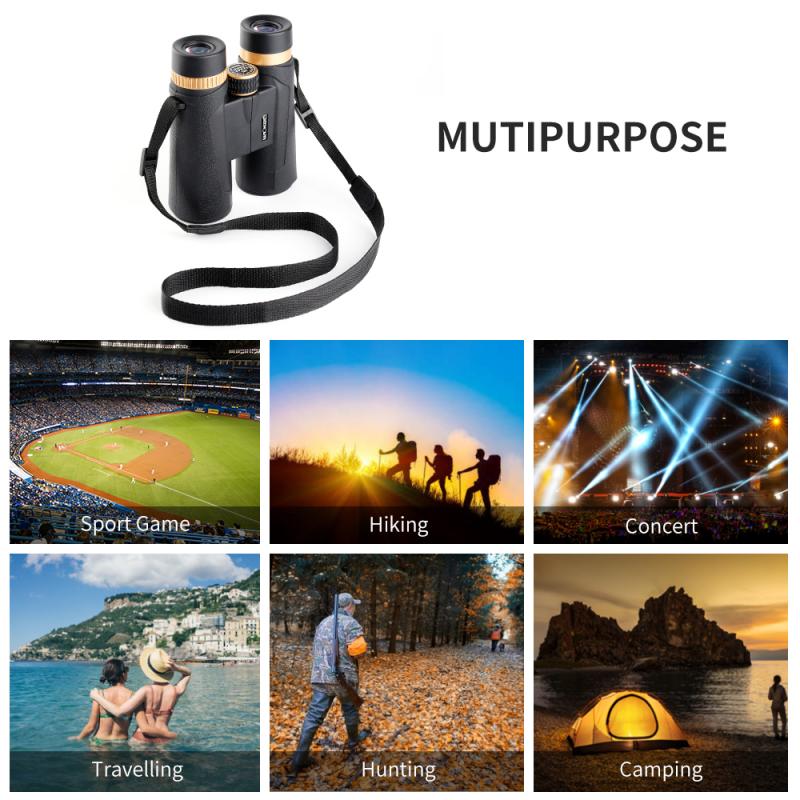
2、 Similarities and Differences: Binoculars vs. Telescopes
Binoculars and telescopes are both optical instruments used for observing distant objects, but they have distinct differences in terms of design, functionality, and purpose.
Firstly, binoculars are handheld devices with two small telescopes mounted side by side, allowing for binocular vision. They are designed for viewing objects at relatively close distances, such as birds, wildlife, or sporting events. On the other hand, telescopes are larger and more powerful instruments that are typically mounted on a tripod or other stable platform. They are primarily used for astronomical observations, allowing users to view celestial objects like stars, planets, and galaxies.
In terms of functionality, binoculars provide a wider field of view, making them suitable for scanning large areas quickly. They also offer a three-dimensional view, which can enhance the perception of depth. Telescopes, on the other hand, have a narrower field of view but provide higher magnification, allowing for detailed observations of distant objects.
Another difference lies in their optical properties. Binoculars typically have lower magnification power compared to telescopes, ranging from 6x to 12x, while telescopes can have much higher magnification, often exceeding 100x. This makes telescopes more suitable for observing objects that are extremely far away or have small details.
In terms of cost, binoculars are generally more affordable and accessible to a wider range of users. Telescopes, especially high-quality ones, can be quite expensive and require more knowledge and expertise to operate effectively.
In conclusion, binoculars and telescopes are not the same. Binoculars are handheld devices with a wider field of view, suitable for observing objects at closer distances, while telescopes are larger instruments designed for astronomical observations with higher magnification power. Each has its own unique purpose and functionality, catering to different needs and interests.
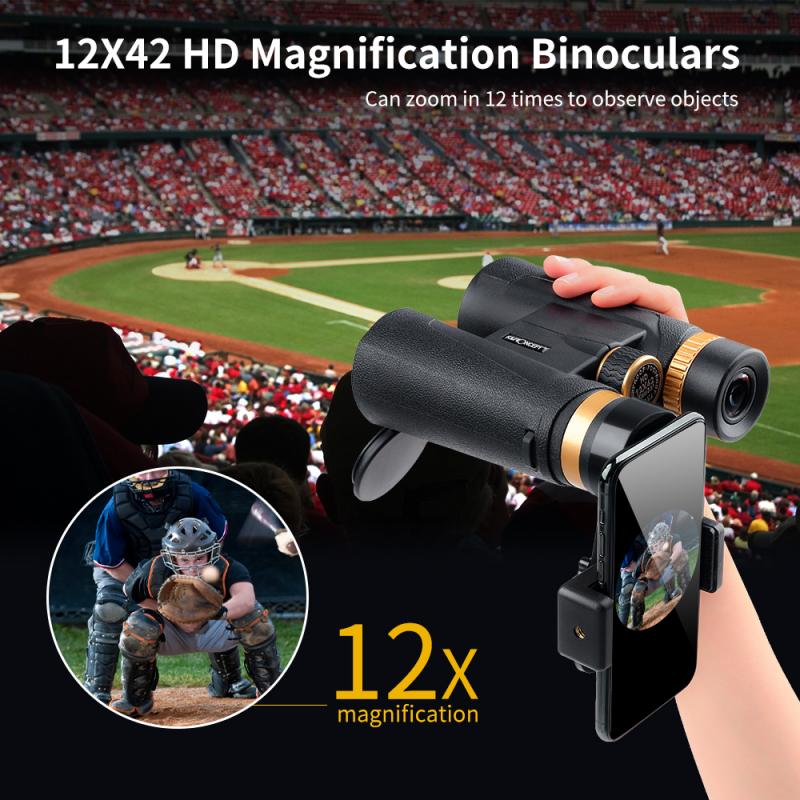
3、 Binoculars: A Type of Optical Instrument
Binoculars: A Type of Optical Instrument
Binoculars and telescopes are both optical instruments used for observing distant objects, but they serve different purposes and have distinct characteristics. Binoculars are handheld devices with two small telescopes mounted side by side, allowing for binocular vision. They are primarily designed for viewing objects at relatively close distances, such as birds, wildlife, or sporting events. Binoculars provide a wider field of view and are more portable and convenient to use compared to telescopes.
On the other hand, telescopes are larger and more powerful instruments used for observing celestial objects like stars, planets, and galaxies. They are designed to gather more light and provide higher magnification, enabling astronomers to study objects that are millions or even billions of light-years away. Telescopes are typically mounted on tripods or other stable platforms to ensure steady viewing.
While binoculars and telescopes have different applications, they share some similarities in terms of their optical principles. Both instruments use lenses or mirrors to gather and focus light, allowing for magnification and clearer observation. However, the design and specifications of binoculars and telescopes differ significantly to suit their respective purposes.
It is worth noting that advancements in technology have led to the development of hybrid instruments known as "binocular telescopes" or "binoculars with telescopic capabilities." These devices combine the portability and ease of use of binoculars with the higher magnification and light-gathering capabilities of telescopes. They are designed for amateur astronomers or individuals interested in both terrestrial and celestial observations.
In conclusion, binoculars and telescopes are distinct optical instruments with different applications. Binoculars are primarily used for close-range observations, while telescopes are designed for studying celestial objects. However, the emergence of hybrid instruments has blurred the line between the two, offering users the flexibility to engage in both terrestrial and astronomical observations.
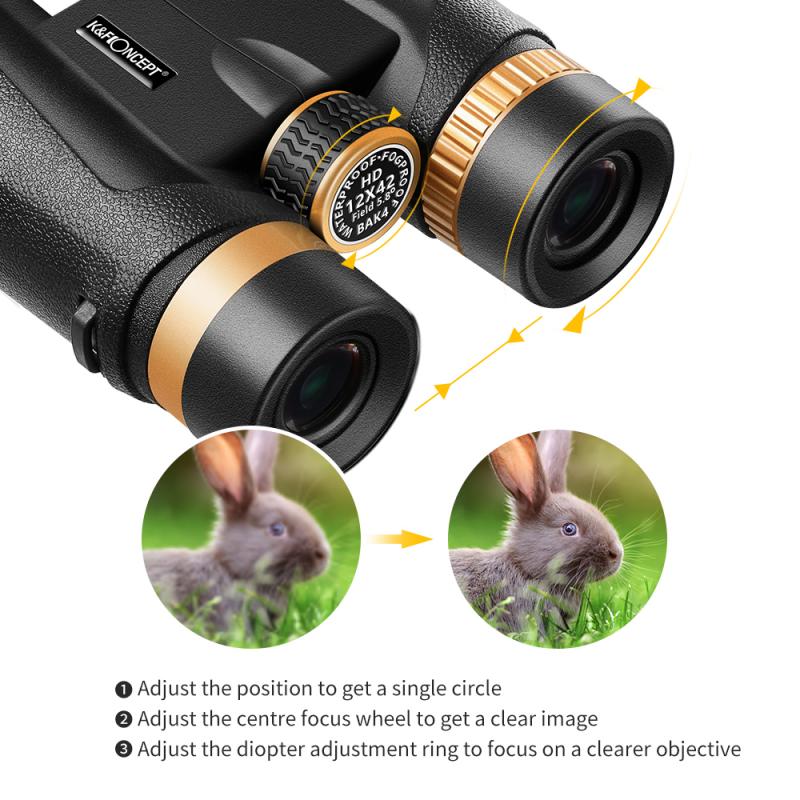
4、 Telescopes: A Type of Optical Instrument
Telescopes: A Type of Optical Instrument
Telescopes and binoculars are both optical instruments used for observing distant objects, but they have distinct differences in design and functionality. While binoculars are primarily used for viewing objects at relatively close distances, telescopes are specifically designed for observing objects in the far distance, such as celestial bodies like stars, planets, and galaxies.
Telescopes are typically larger and more powerful than binoculars, allowing for greater magnification and light-gathering capabilities. They are designed to focus light and produce a clear and detailed image of distant objects. Telescopes come in various types, including refracting telescopes, which use lenses to gather and focus light, and reflecting telescopes, which use mirrors to achieve the same purpose.
Binoculars, on the other hand, are designed for viewing objects at a closer range. They consist of two small telescopes mounted side by side, allowing for binocular vision. Binoculars are commonly used for activities such as birdwatching, hunting, and sports events, where a wider field of view and portability are important factors.
In recent years, there has been a growing trend of hybrid instruments that combine the features of both telescopes and binoculars. These instruments, often referred to as "binocular telescopes," aim to provide the best of both worlds by offering higher magnification and a wider field of view. However, it is important to note that these hybrid instruments may not match the performance of dedicated telescopes or binoculars.
In conclusion, while binoculars and telescopes are both optical instruments, they serve different purposes. Telescopes are specifically designed for observing distant objects, while binoculars are more suitable for closer-range viewing. The emergence of hybrid instruments attempts to bridge the gap between the two, but dedicated telescopes and binoculars still offer superior performance in their respective fields.
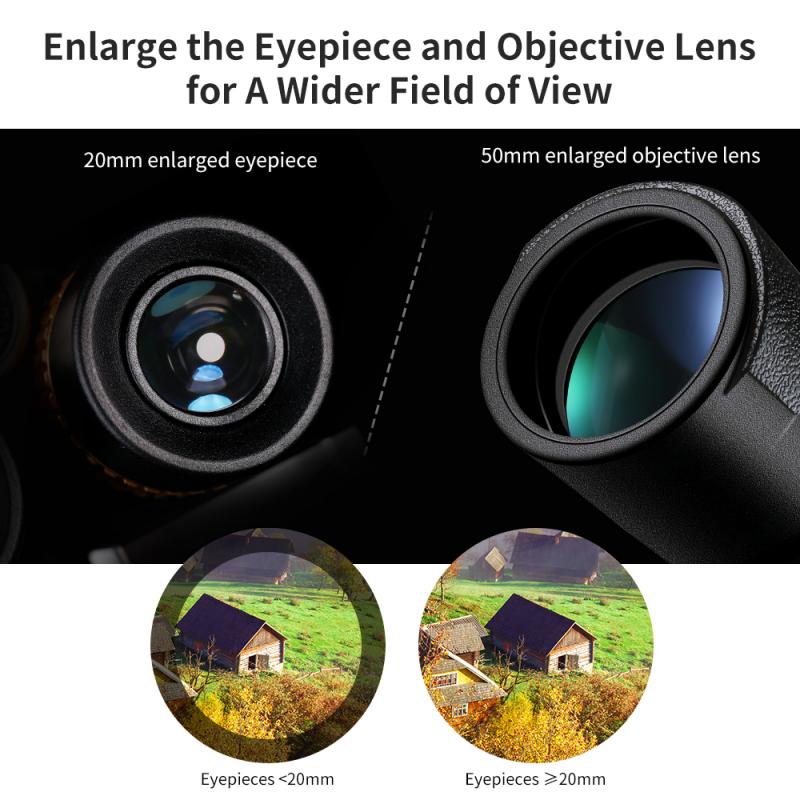

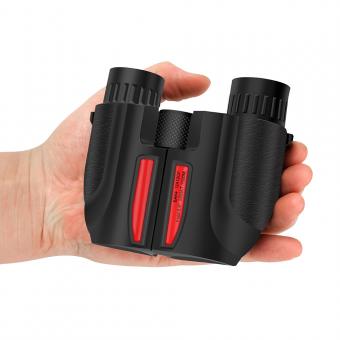
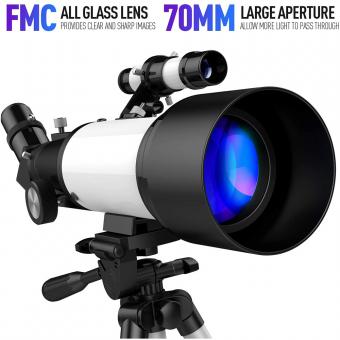










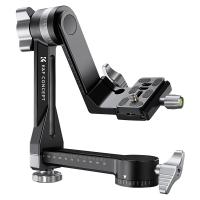
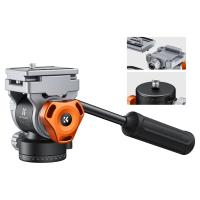
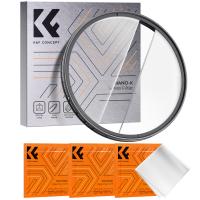




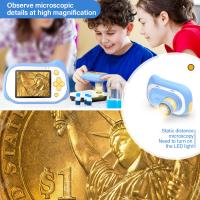
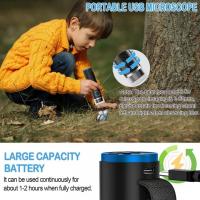
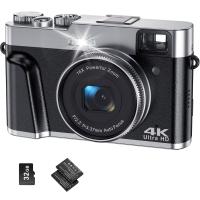
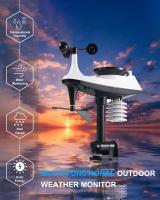
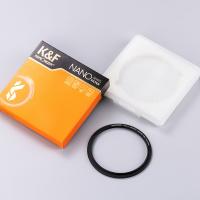
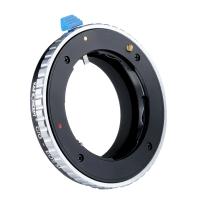
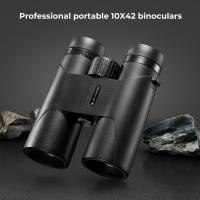
There are no comments for this blog.